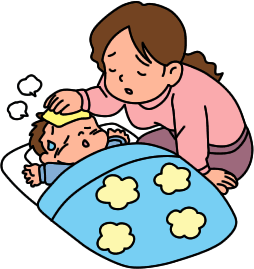
White noise is the noise created when all audible frequencies of sound are combined at the same time and the same density. It is similar in nature to white light, which occurs when all the colors of the spectrum are brought together. White noise incorporates over 20,000 frequencies. Also called white sound, white noise is used primarily as a sleep or relaxation aid.
The actual sound produced by white noise is comparable to rainfall or ocean waves. It is a gentle tone that can be found in nature. Because white noise combines all frequencies of sound ranging from very low tones to high pitches, it is very useful in masking other noises and sounds.
Fans and radio stations with no broadcast are often used as white noise simulators, providing a soothing sound that blocks out other background noises. While these methods do not produce true white noise, their effects are a good example of practical uses for white sound. The main drawback to using this variety of white noise, however, is that the user has no control over the volume or frequencies produced in this manner.
Consumers can also purchase white noise that has been recorded onto a CD, which is less expensive than investing in a white noise machine. In addition to cost effectiveness, CDs allow the user to alter the bass and treble of the noise to mask lower or higher background sounds in any given location.
